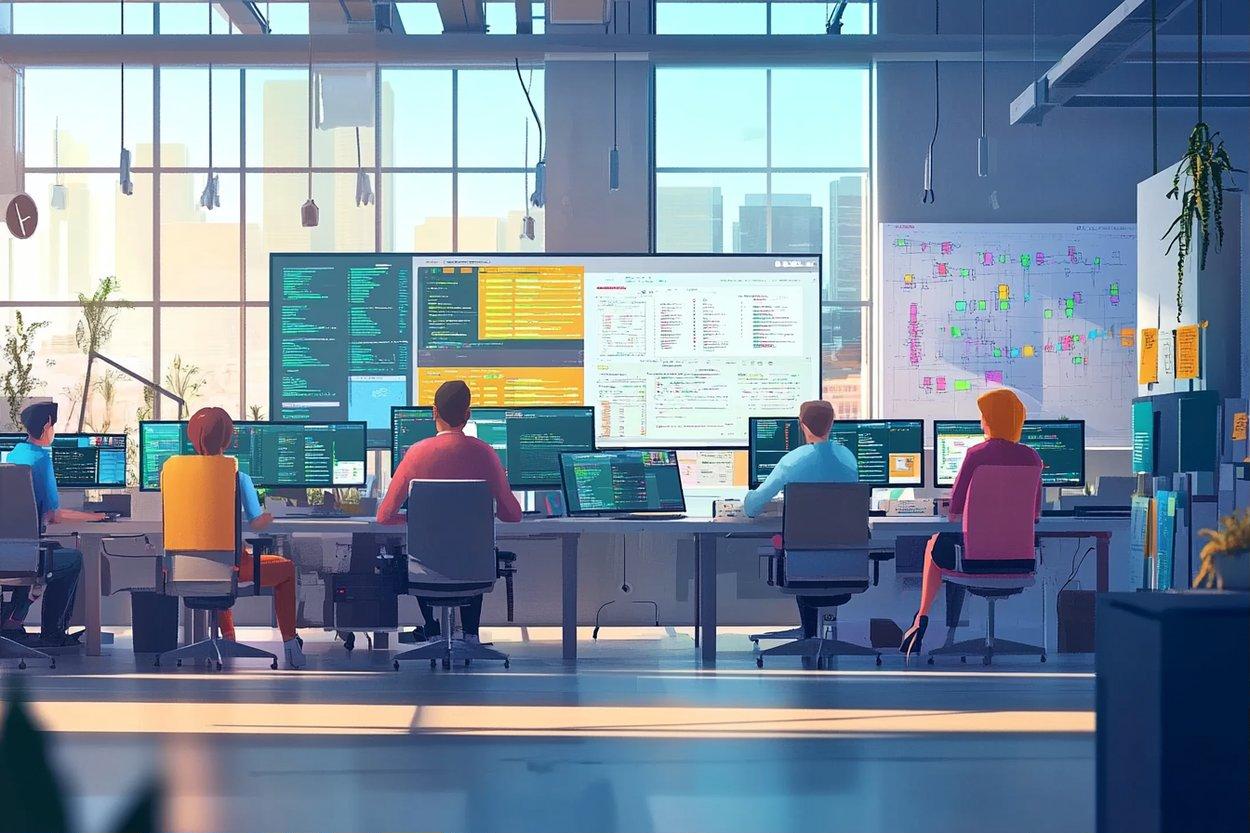Digital Outreach Tactics to Grow Global Audience Reach
Effective digital outreach helps arts organizations and independent creators extend visibility beyond local boundaries. This teaser outlines practical tactics to enhance marketing for galleries, venues, exhibitions, and performances while considering accessibility, sustainability, and community engagement. The article that follows gives structured, actionable approaches to programming, curation, ticketing, data use, and education to support growth of a global audience.

Digital outreach can expand the reach of galleries, venues, and performance programs by combining clear storytelling, thoughtful programming, and reliable operational systems. Online visibility is strengthened through consistent marketing, purposeful curation, and digital tools that support ticketing and accessibility. This article details tactics for exhibitions, installations, and educational activity so organizations and artists can connect with wider audiences while honoring sustainability and community collaboration.
How can galleries and venues use digital marketing?
Galleries and venues benefit from focused digital marketing that highlights upcoming exhibitions, installations, and special programming. Use high-quality imagery and short video clips to convey the scale and atmosphere of shows; include contextual copy that explains curation choices and learning opportunities. Maintain a predictable schedule for announcements, integrate event pages with ticketing links, and tailor messages for different platforms. Targeted ads, email segmentation, and consistent SEO around exhibition titles and venue names help reach both local services and international audiences seeking cultural content.
How to promote performances, exhibitions, and installations online?
For performances and installations, combine live streaming, highlight reels, and behind-the-scenes material to broaden access. Offer layered experiences: free sampling content to attract a global audience, and paid ticketing or subscription models for full performances. Present exhibitions with virtual tours or 360-degree views to allow distant visitors to explore installations. Use program notes and artist interviews to deepen engagement, and coordinate programming calendars across platforms to reduce confusion and increase cross-promotion between exhibitions and performances.
How does data and ticketing inform audience programming?
Data from ticketing platforms and website analytics reveals who attends, when, and why; these insights inform programming and targeted outreach. Track referral sources, geographic distribution, and engagement metrics to refine marketing and curation choices. Use audience segmentation for tailored newsletters and offers, and A/B test messaging to improve conversion. Privacy-respecting data practices build trust, and integrating ticketing with CRM systems supports long-term relationship building that converts casual visitors into repeat audience members and advocates.
How to improve accessibility, sustainability, and community collaboration?
Prioritizing accessibility increases audience diversity and reach: provide captioning for streamed performances, screen-reader friendly pages for exhibitions, and clear wayfinding for venue visits. Sustainability-minded digital practices—minimizing large file sizes, optimizing delivery, and reducing unnecessary email frequency—support lower carbon footprints while keeping content accessible worldwide. Foster community collaboration by sharing resources with local partners, co-promoting cross-border projects, and supporting educational exchanges that elevate community voices and encourage reciprocal programming.
How to integrate curation, education, and long-term engagement?
Curatorial statements, educational materials, and audience-facing content should align to create coherent narratives across channels. Develop modular educational content—lesson plans, guided tours, and artist talks—that can be repackaged for schools, community groups, and international partners. Use collaborative initiatives to feature guest curators or cross-venue programming that attracts new audiences. Long-term engagement relies on iterative feedback loops: solicit audience input, analyze participation data, and adjust curation and outreach strategies to remain relevant and inclusive.
Digital outreach strategies are most effective when they pair creative intent with operational clarity. By synchronizing marketing, programming, and data systems, organizations can present accessible exhibitions and performances that scale beyond local audiences. Attention to ticketing integration, clear communication about installations, and sustained collaboration with community and educational partners strengthens trust and retention. These combined tactics support a resilient approach to growing a global audience while respecting sustainability and inclusive access.
Conclusion
A practical digital outreach program combines storytelling, measurement, and partnership. Galleries, venues, and performing artists can expand global reach by optimizing marketing and ticketing workflows, producing accessible digital experiences, and using data to inform curatorial and educational choices. Community collaboration and sustainable practices extend the lifespan of outreach efforts and ensure that international audiences can meaningfully connect with exhibitions, performances, and installations over time.





